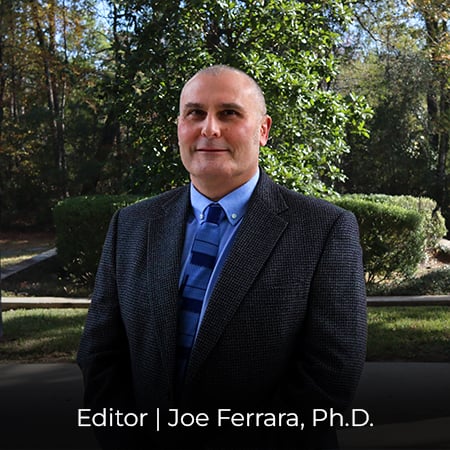Presenter: Dr Paulina Dominiak
Independent atom model (IAM) of scattering used to refine crystal structure from diffraction data was very successful in crystallography over the past 100 years. Nowadays, with better equipment and higher computation power, more accurate scattering models can be used.
Transferable Aspherical Atom Model (TAAM) takes into account aspherical electron density deformations and partial charge transfer occurring due to chemical bond formation, lone pairs presence and other phenomena.
Results of TAAM refinements on large X-ray data set of standard resolution (0.8 Å) clearly show that thus obtained structural models better fit to experimental data and are of higher precision and accuracy comparing to IAM. In particular, TAAM refinements:
- lowers R1 factors by ca. 1% point;
- clears residual maps;
- allows to obtain positions of hydrogen atoms almost as accurate and precise as from neutron diffraction experiments;
- improves precision of all bond distances and other geometric parameters.
The results are very similar to the one obtained from another aspherical-density approach - Hirshfeld Atom Refinement HAR.
To ease the usage of TAAM in crystal structure refinement we interfaced our new software library DiSCaMB with Olex2 and extended it with hew databank of Multipolar Atom Types from Theory and Statistical clustering (MATTS) - the successor of UBDB.
Support of this work by the National Centre of Science (Poland) through grant OPUS No.UMO-2017/27/B/ST4/02721 is gratefully acknowledged.

Contact Us
Whether you're interested in getting a quote, want a demo, need technical support, or simply have a question, we're here to help.

Subscribe to the Crystallography Times newsletter
Stay up to date with single crystal analysis news and upcoming events, learn about researchers in the field, new techniques and products, and explore helpful tips.
